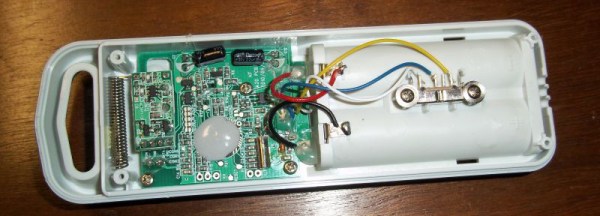We love to highlight great engineering student projects at Hackaday. We also love environment-sensing microcontrollers, 3D printing, and jet engines. The X-Plorer 1 by JetX Engineering checks all the boxes.
This engineering student exercise took its members through the development process of a jet engine. Starting from a set of requirements to meet, they designed their engine and analyzed it in software before embarking on physical model assembly. An engine monitoring system was developed in parallel and integrated into the model. These embedded sensors gave performance feedback, and armed with data the team iterated though ideas to improve their design. It’s a shame the X-Plorer 1 model had to stop short of actual combustion. The realities of 3D printed plastic meant airflow for the model came from external compressed air and not from burning fuel.
Also worth noting are the people behind this project. JetX Engineering describe themselves as an University of Glasgow student club for jet engine enthusiasts, but they act less like a casual gathering of friends and more like an aerospace engineering firm. The ability of this group to organize and execute on this project, including finding sponsors to fund it, are skills difficult to teach in a classroom and even more difficult to test with an exam.
After X-Plorer 1, the group has launched two new project teams X-Plorer 2 and Kronos. They are also working to expand to other universities with the ambition of launching competitions between student teams. That would be exciting and we wish them success.
Continue reading “Small Jet Engine Model From Students Who Think Big”

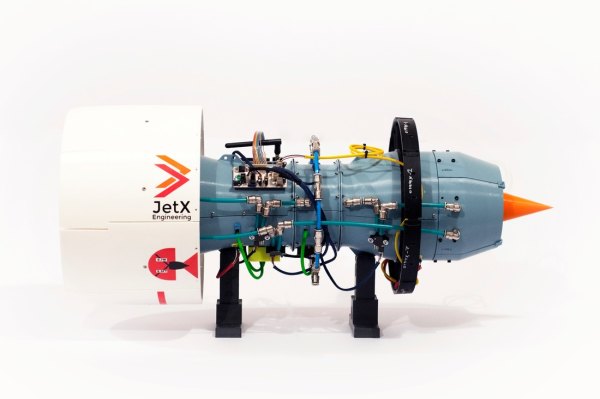
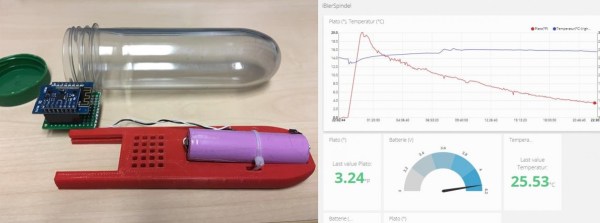
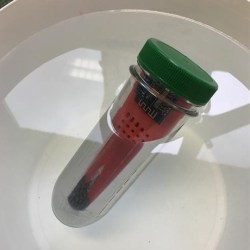


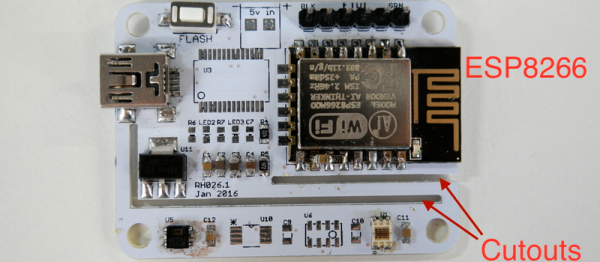
 Next came the clever bit. [Richard] put cutouts into the board to hopefully stop the flow of heat from the ESP8266 module to the temperature sensor. Again, he found that the board heats up by around four degrees Celcius or nine degrees Farenheit. That’s a horrible result in any units.
Next came the clever bit. [Richard] put cutouts into the board to hopefully stop the flow of heat from the ESP8266 module to the temperature sensor. Again, he found that the board heats up by around four degrees Celcius or nine degrees Farenheit. That’s a horrible result in any units. Fail of the Week is a Hackaday column which celebrates failure as a learning tool. Help keep the fun rolling by writing about your own failures and
Fail of the Week is a Hackaday column which celebrates failure as a learning tool. Help keep the fun rolling by writing about your own failures and 
